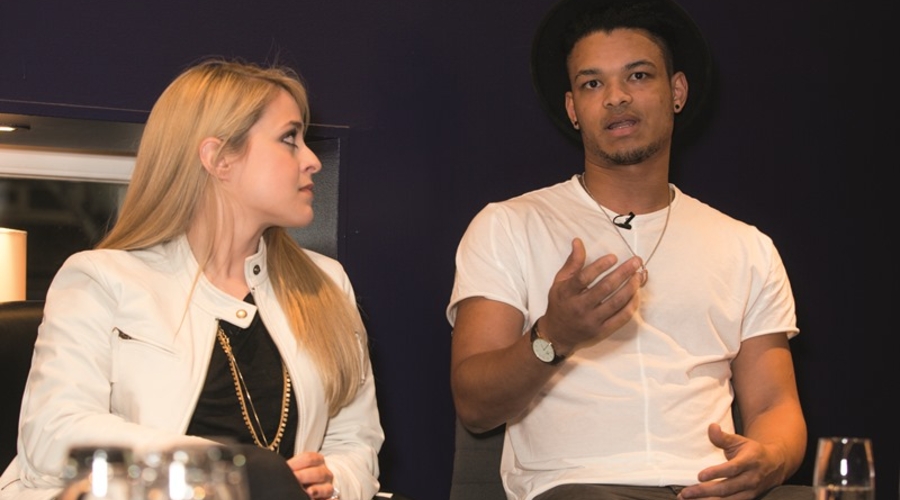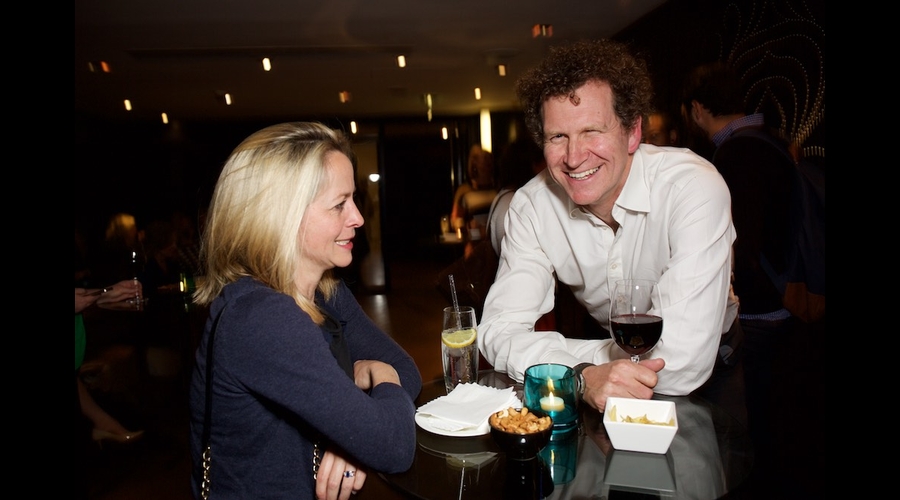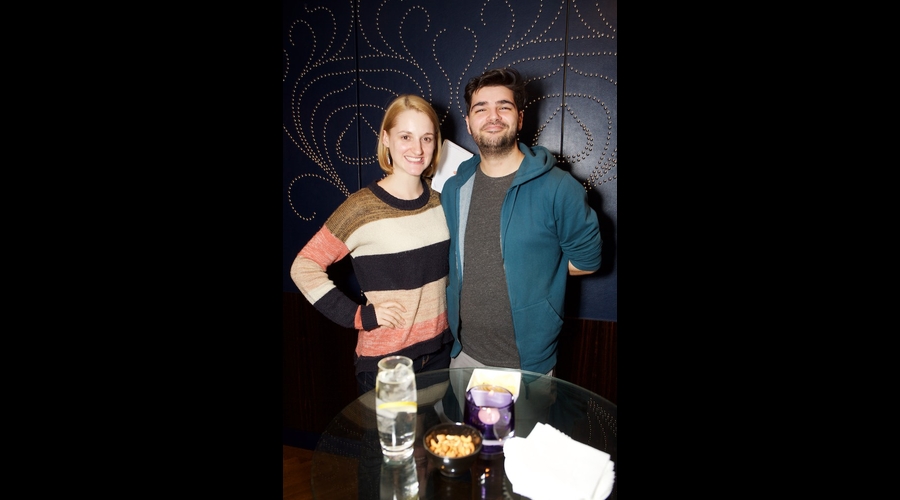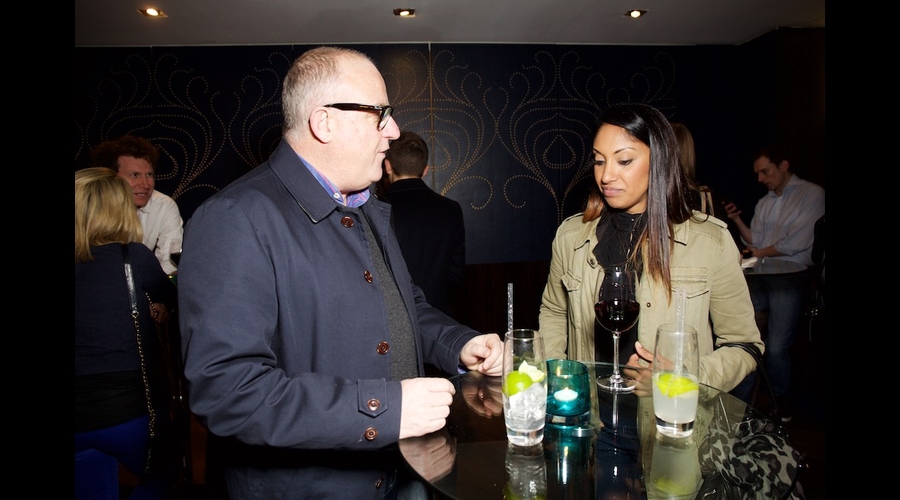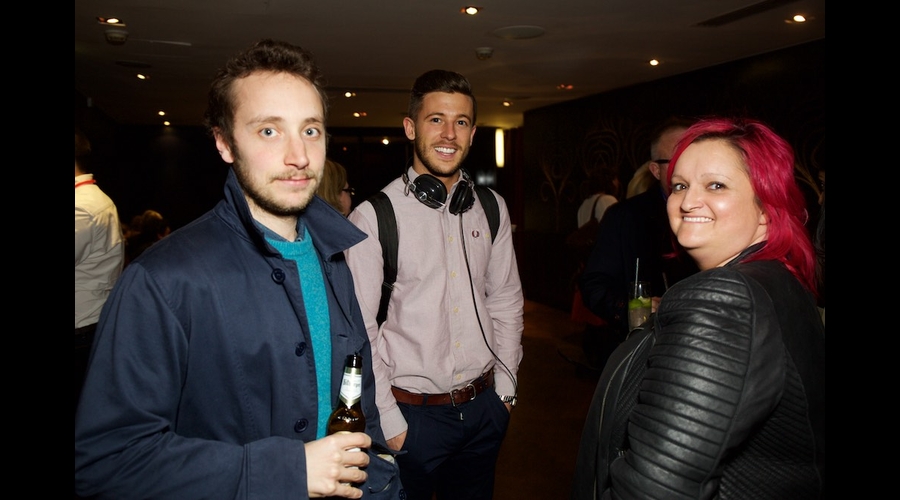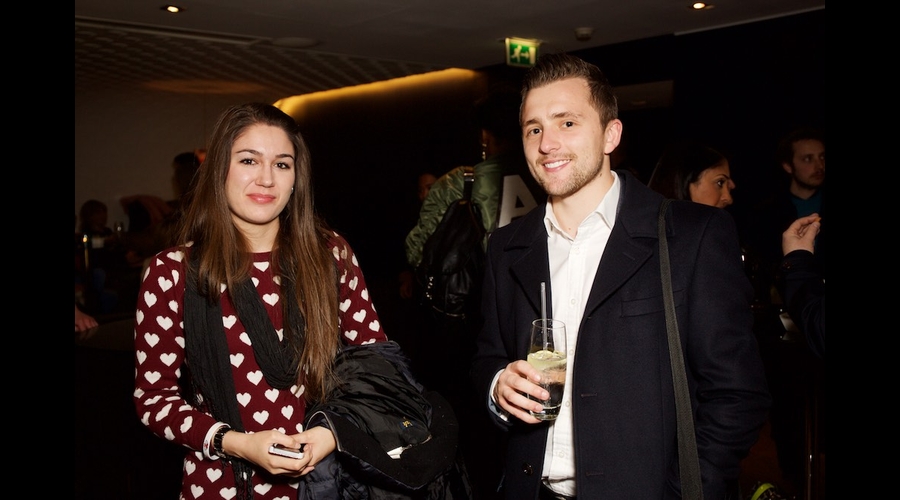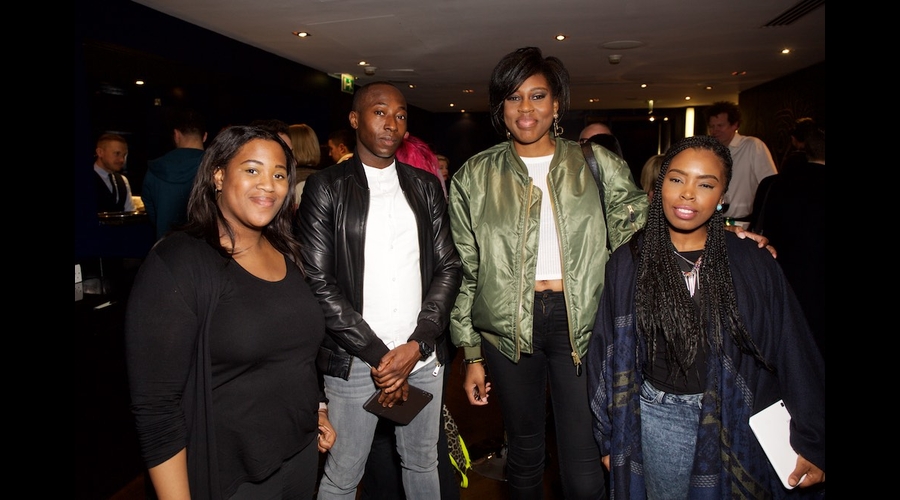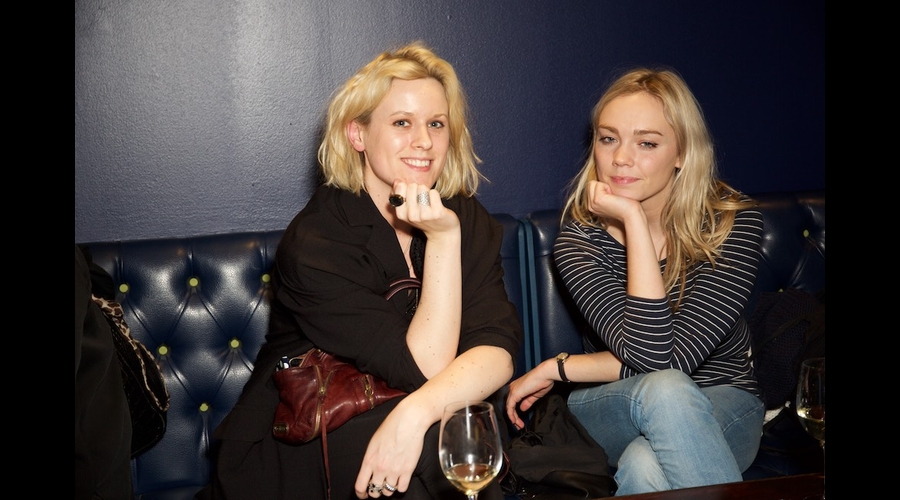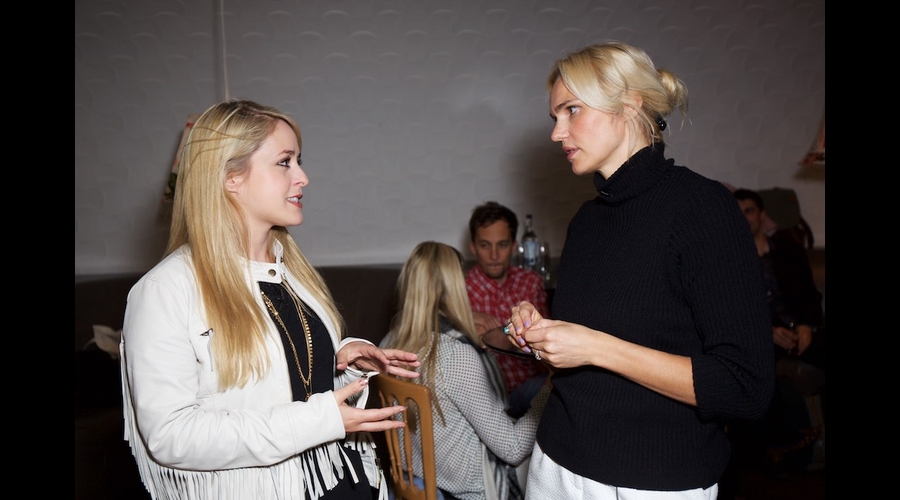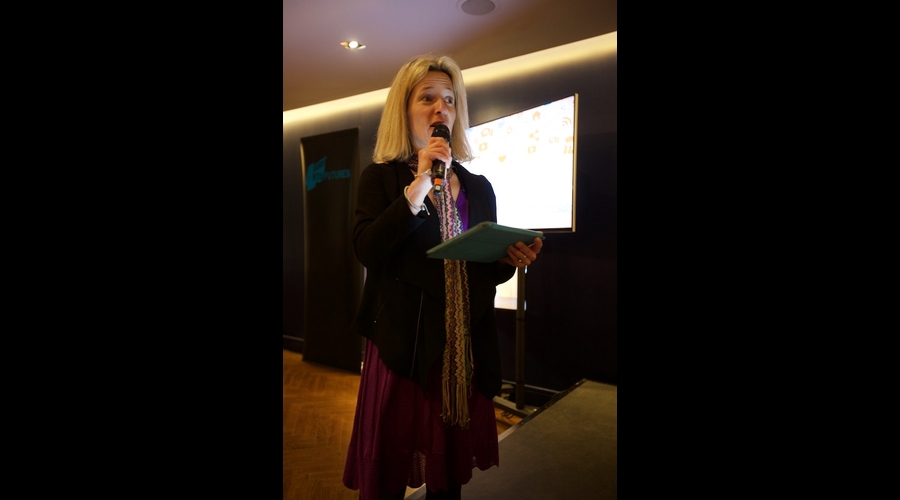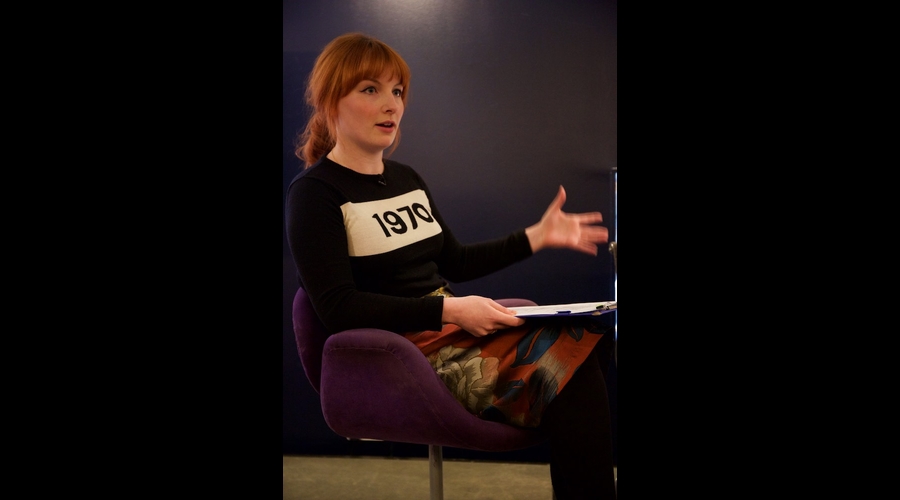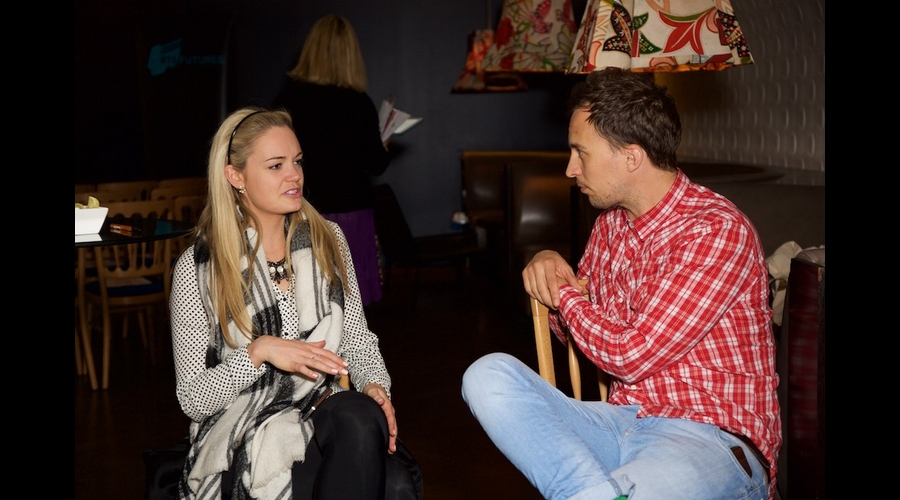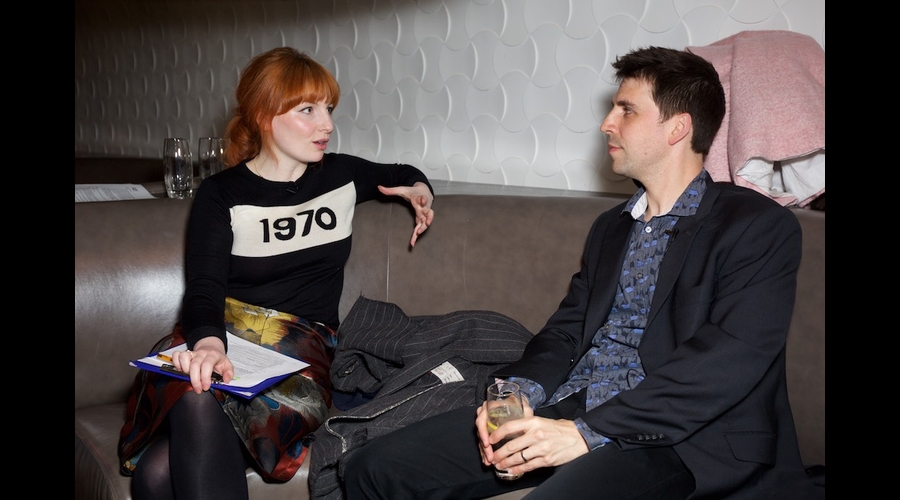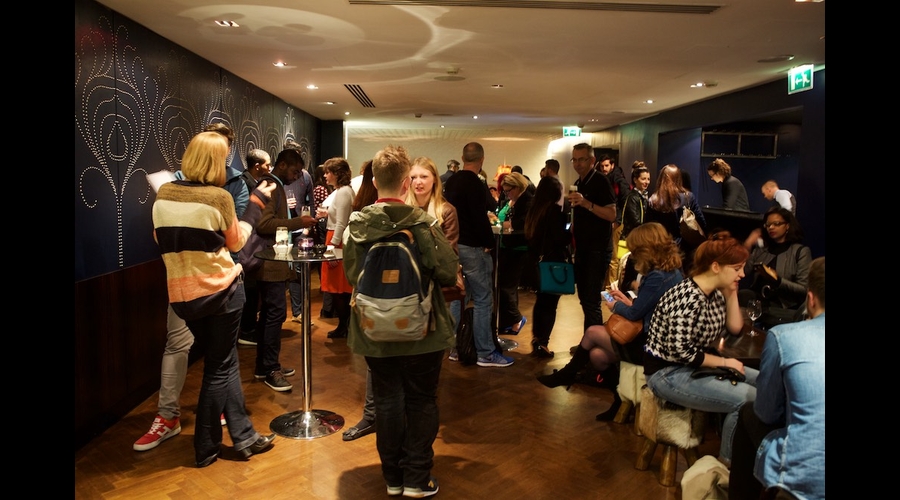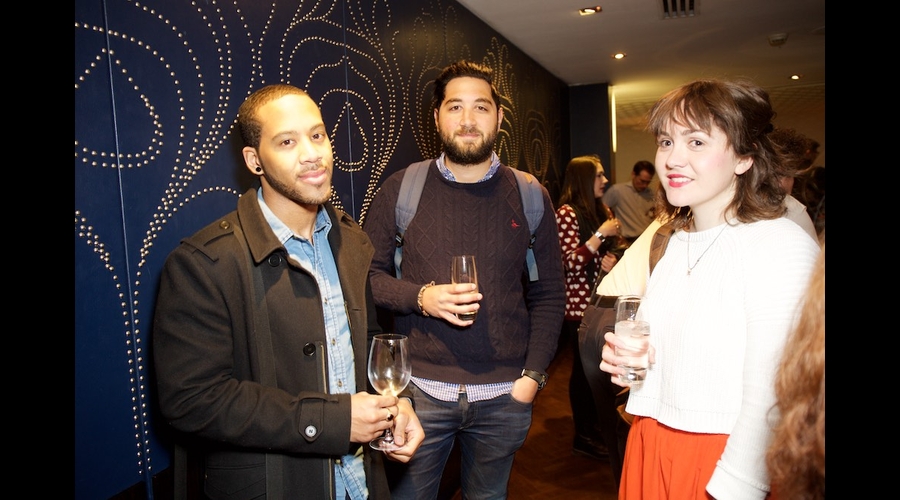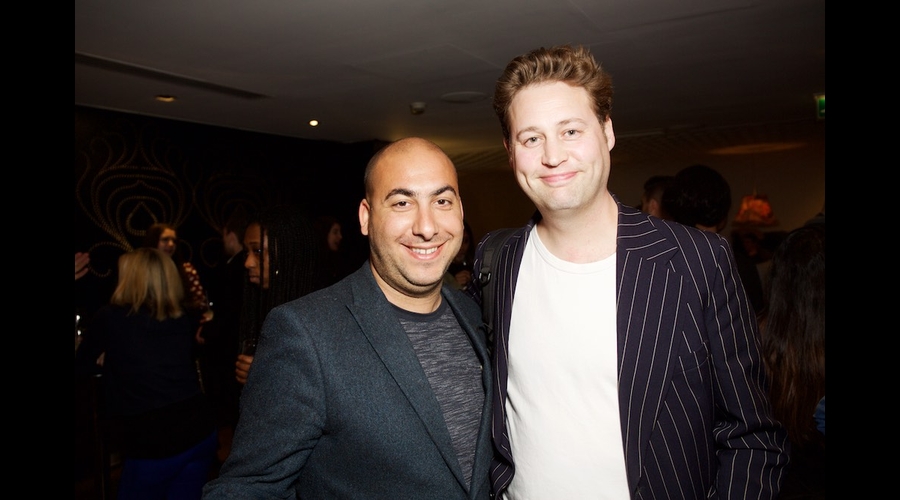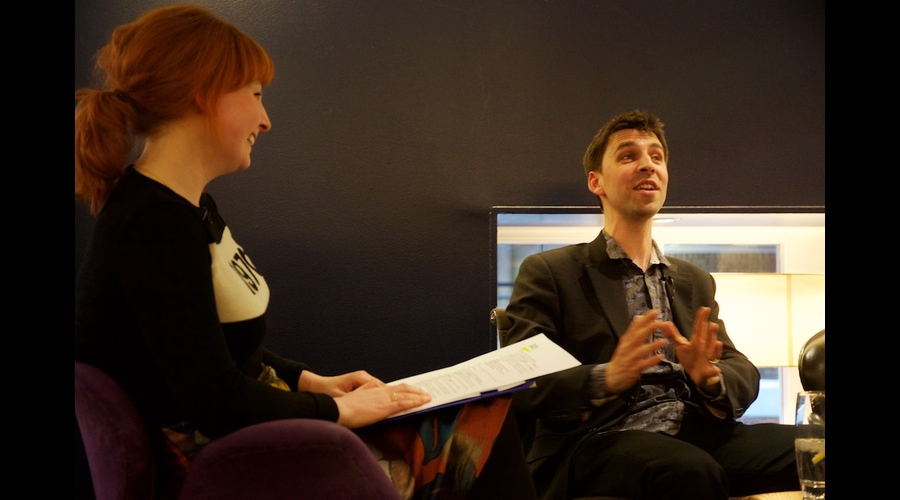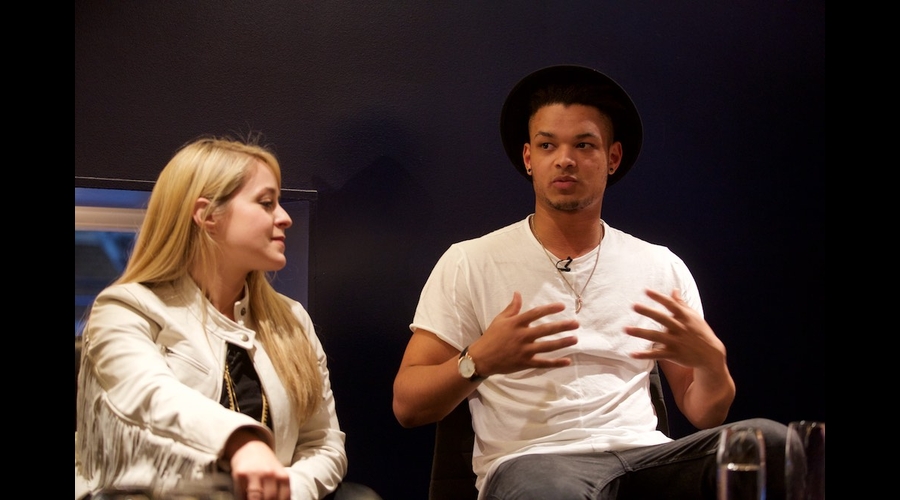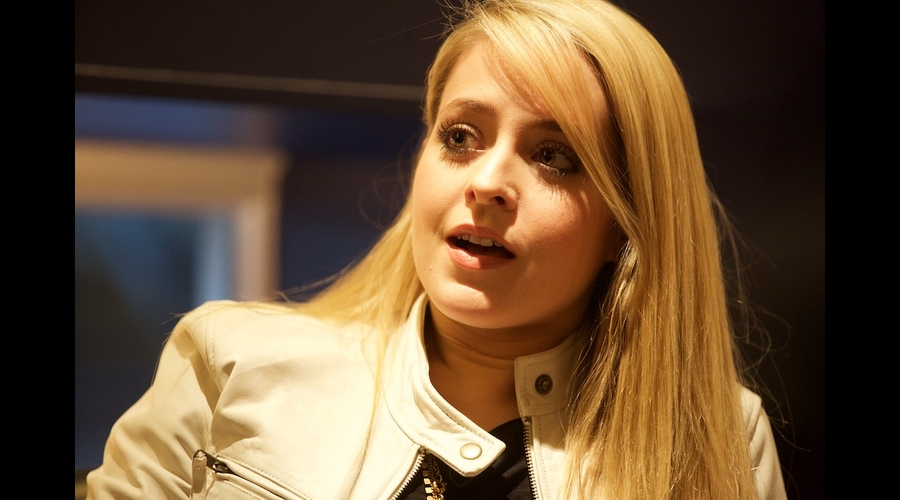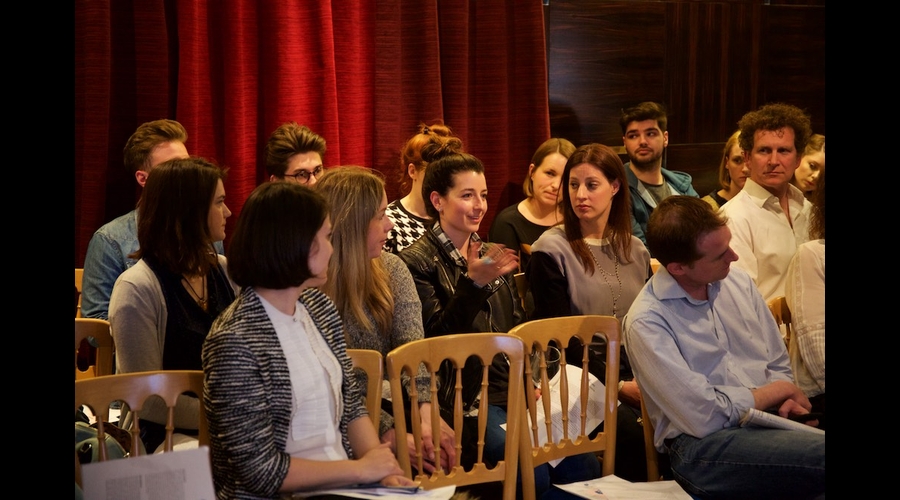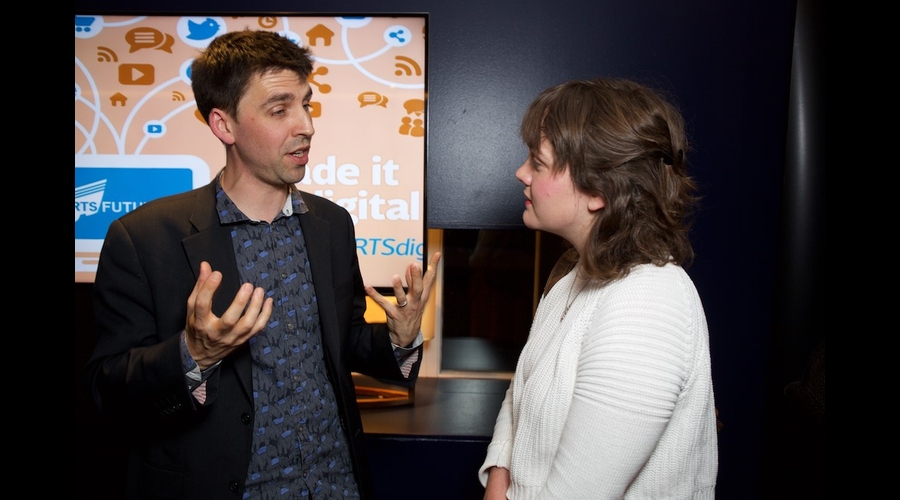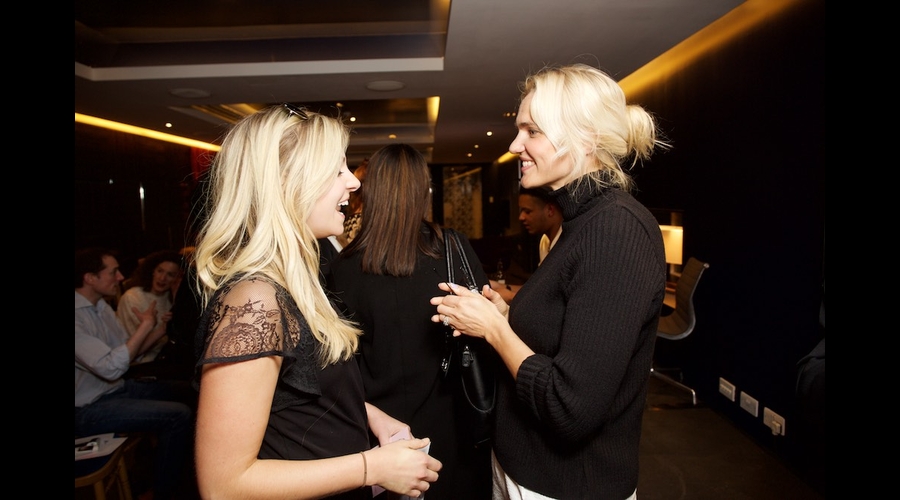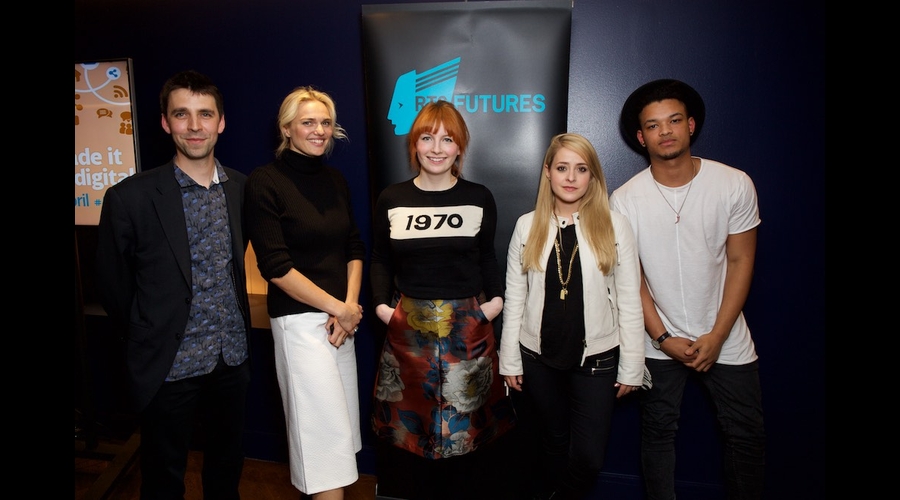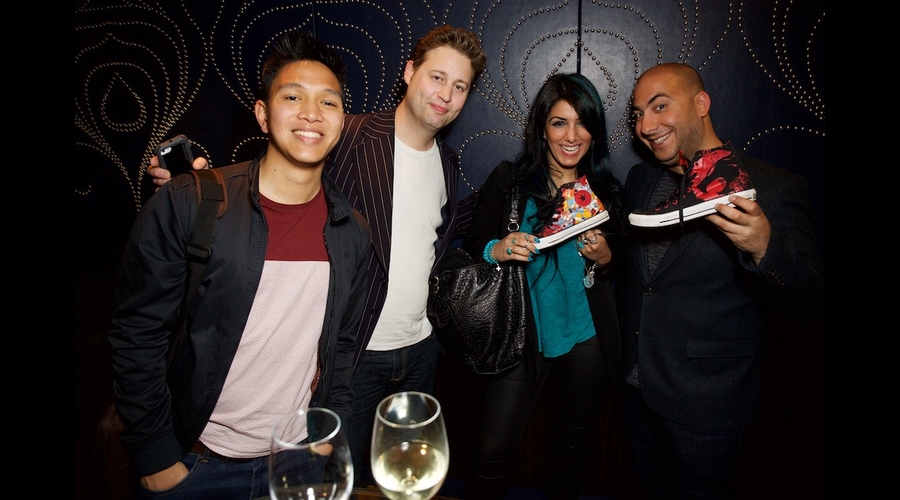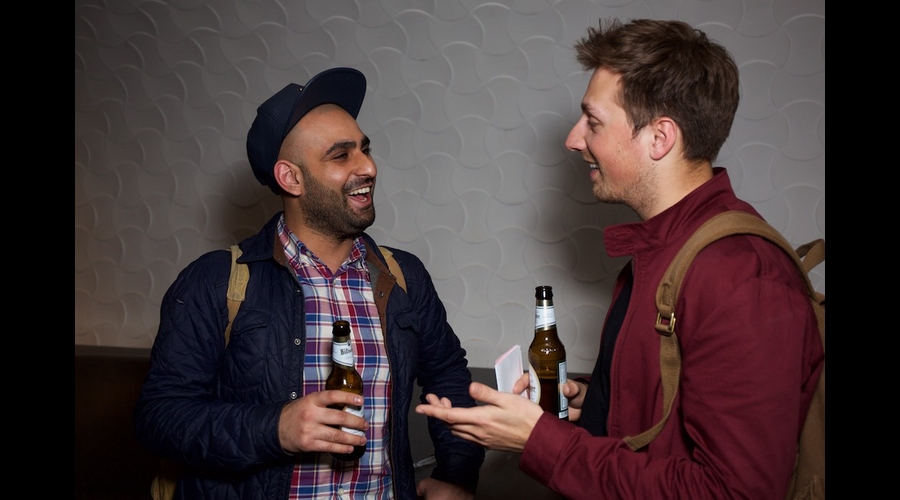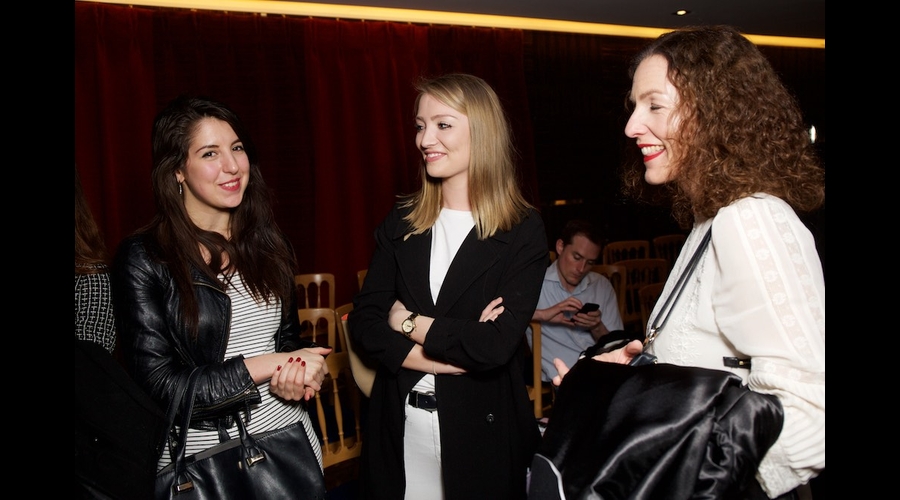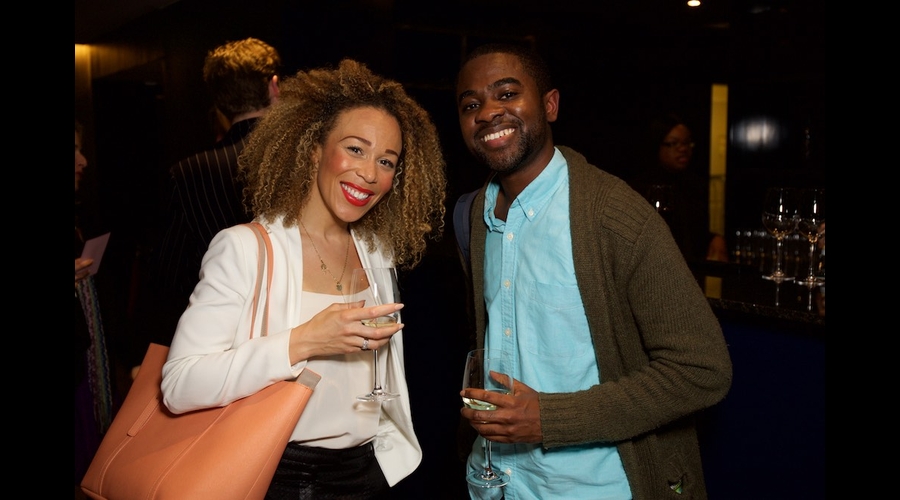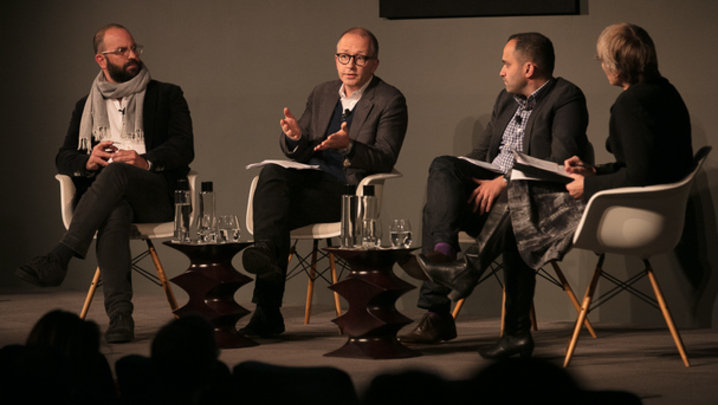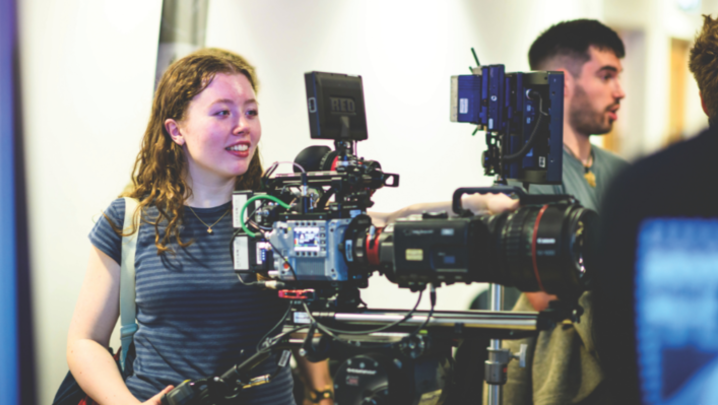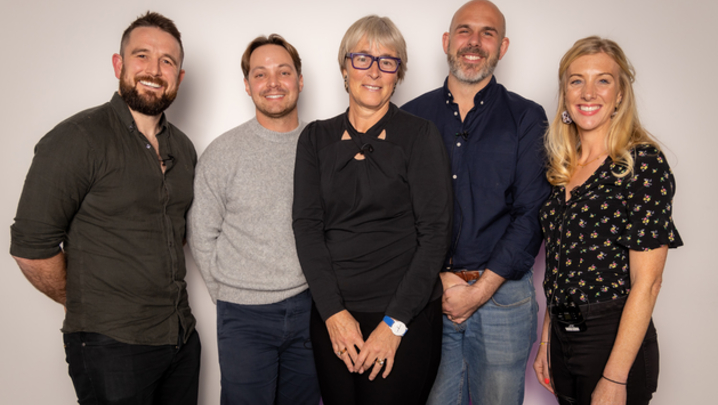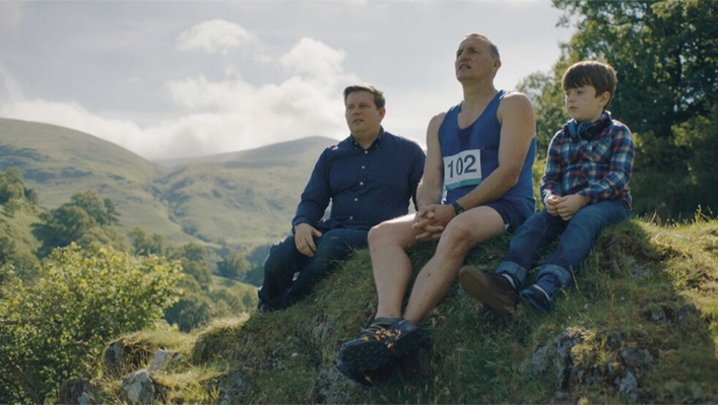A group of digital pioneers explains how TV is evolving in an online content world dominated by YouTube. Matthew Bell logs on
RTS Futures assembled a panel of pioneers for its sold-out event at London's Hospital Club in late April, "I made it in... digital". An enthusiastic, youthful audience was eager to learn from their experiences of working at the cutting edge of new media. It learnt, perhaps surprisingly, that television – the dancing dad at an achingly hip party – still has a big role to play in the digital age.
The digital arena is vast – and expanding rapidly. YouTube, the big daddy of new media, claims that more than 1 billion people watch its content, while Instagram and Twitter both have around 300 million monthly users.
Newer services – including six-second video clip platform Vine and photo-messaging app Snapchat – are hugely popular with kids.
It may be a crowded marketplace, but plenty of people are finding the space to sell their wares. Traditional TV, though, is not necessarily their first port of call.
"The beauty of now is that, to make a television show, you don't have to be on television and you don't have to wait for a break – you can start doing it straight away," argued Twitter's UK Head of Broadcast Partnerships, Dan Biddle.
He added that TV is no longer even the ultimate goal of many players in the digital and social-media worlds. Success could be "fan fiction that turns into massive book sales or making videos that becomes a nice business on its own without needing to be on television".
Kat Hebden, Managing Director of FremantleMedia UK's new digital division, Shotglass Media, reckoned that the digital and traditional broadcasting worlds are coming together.
"The differences are getting less and less," she said. "Most of my team who create content have worked in broadcasting in one way or another at some point – it's a huge industry and you can learn a lot. We don't see [TV and digital] as different platforms any more."
Hebden produces digital brand extensions, including YouTube content, apps and social media, for top TV shows, such as The X Factor, Take Me Out and The Apprentice.
She also creates content for football channels such as Blue Moon Rising (Manchester City) and Full Time Devils (Manchester United), as well as Vice's YouTube food channel, Munchies.
There are still differences in the content shown by the two media, and also in the way that content is created. "[In digital], you can set up a website, make a video and, if it doesn't get many views, you can delete the video and do it again," said Biddle.
Before joining Twitter, he spent seven years at the BBC where he worked on the social-media campaign for the Bafta-winning BBC Two series The Virtual Revolution.
"[In TV,] you spend nine months making a television production, which has got a massive budget, and you need eyeballs on that – overnights matter," said Biddle. "You may have a confident commissioner or channel controller who says, 'I think this has got legs', but there's still a massive pressure that is perhaps less in digital." This pressure, he added, will grow as digital productions become better funded.
With budgets currently considerably lower in the digital world than in traditional TV, Hebden said she has to be more "creatively and commercially innovative in terms of content". Shotglass's parent, TV producer FremantleMedia, "has a big development team that spends a lot of time on ideas".
She added: "I take a project and start developing stuff straight away. We launch channels and then, if one's not working, we launch another channel and see whether it gets traction and an audience. If it does, we bring brands on board and work out where we can take it – it's a different model."
Digital media is able to react almost instantly to audience demand. Beauty and fashion vlogger Fleur De Force said that her content strongly reflected audience feedback, both good and bad.
"If you make something that's not great, you know it [immediately]," she explained, adding that she was able to get new content online in as little as three hours.
"I never thought about this as a career when I started six years ago. At that time, YouTube wasn't what it is now. I started because I was passionate about the content," said the vlogger.
De Force's YouTube hair and make-up tutorials, product reviews and fashion videos attract up to 5 million views a month.
She's written a book, is launching a make-up line and has worked as "a brand ambassador" for Sainsbury's and Starbucks.
The final member of the Futures panel, Steve Bartlett, dropped out of university after attending just one lecture. He developed a social-network website for students and now, at the age of 22, runs his own new-media company, Social Chain.
Its owners claim that Social Chain, an "influencer marketing agency", promoting consumer brands on Twitter, is already a multi million-pound business.
"We own hundreds of Twitter accounts and we can start trends – it takes us 20 minutes to become the number-one trend on Twitter," explained Bartlett.
The early days were tough: "I had no money. There were times when I was sleeping on a bench and shoplifting.
"Especially at the start, you have to take that hit to your personal life; you have to make sacrifices. I didn't see my friends, couldn't buy anything or eat well, but I did it because I loved it and eventually it paid off."
Ironically, it could be said that social-media outfits such as Twitter are sustained by old-school media institutions – in particular, television.
"I don't think you can underestimate the power of television," said Biddle. "It is still massive: 40% of tweets in primetime are about TV and that is a massive driver of conversation.
"Brands are increasingly using their media spend on Twitter amplification, as opposed to banner ads or more traditional media advertising. Brands fund commercial broadcasters so the more that they engage in digital audiences, the more broadcasters will have to do that as well," reckoned Hebden.
When brands try too hard, it’s almost as bad as not trying at all. We see a lot of ‘cool dad syndrome’
Social media activity is visible, pointed out Biddle: "You can see how people are reacting live to what you put out there. For most TV shows, such as The Apprentice, say, the TV is only the first screen for one hour a week."
Broadcasters increasingly have to think about extending the lives of their shows beyond the initial TV exposure, whether that is on YouTube or social media. "Smart shows," Biddle added, "are delivering everywhere."
Looking forward to the digital world of 2020, Biddle argued that "distribution and devices will probably change more than platforms".
He predicted that YouTube would continue to grow, but not necessarily at the expense of television: "Quality TV, such as Game of Thrones, Breaking Bad and Poldark – those aren't going anywhere; they're here to stay."
"People will still want big TV events and high-quality drama, but the way they consume that content will be different," said Hebden.
In the digital world, she continued, "our content is like a conversation – our audiences tell us if they don't like it immediately. We don't have a commissioning hierarchy, neither do we have those [bigger] budgets.
"I think how we create content will change to keep up with how we're consuming it."
The panel agreed that YouTube's position as the dominant online video platform was unlikely to be challenged in the near future.
"There will still be influential people making content on YouTube," said De Force. "It will be interesting to see how the audiences of [content] creators change over time – if they grow up with them, if they outgrow them."
The content creators, too, the vlogger argued will have to move with the times: "Can you change and develop your content as you get older, given the online audience is young?
"As with traditional media, people come and go, and it will be interesting to see who stays and how they adapt to remain relevant."
The RTS Futures event 'I made it in... digital' was held on 27 April at The Hospital Club in central London. It was chaired by BBC Radio 1 DJ and TV presenter Alice Levine and produced by Emily Gale, Sasha Breslau and James Longman.
The digital dos and don'ts
Fleur De Force, vlogger: 'Do listen to what your audience has to say when you're thinking about future content... they're the best people to tell you new directions to go in.
'Don't watch other people's content and think that's the way to do it. There's no set way of doing things. The great thing about YouTube is that you can... do whatever you want in your own way...
'In terms of building an audience, do have a schedule, so people know when to come back to you... and do engage with the community that you want to access.'
Steve Bartlett, Social Chain: 'Don't try too hard to be in the [Twitter] conversation. A lot of brands hear they have to be on Twitter because that's where the kids are at – when brands try too hard, it's almost as bad as not trying at all.
'We see a lot of "cool dad syndrome"... Don't be afraid of taking risks. The big pay-offs, in terms of our business, come when we take risks.
'Don't fall into the trap of thinking that a trend on Twitter is inherently valuable – it's not... a trend on Twitter is a by-product of people talking; it's not of value itself.'
What you need to succeed
Dan Biddle, Twitter: 'A sense of adventure and experimentation... Go the extra mile... Even if your role now is not necessarily what you want to do, what you do online is visible... you can build yourself, not just as a brand, but as a commodity and as an individual.
'There are certain skills you need to have and you don't want to be called out in a high-pressure environment... but there's a thing called the internet, which happens to be full of videos that will teach you how to do stuff.'
Fleur De Force, vlogger: 'Learn as you go along... If something doesn't do well, you can take it down and change direction. I didn't have any training in anything I do now.'
Kat Hebden, Shotglass Media: 'We often hire on personality, not [a person's] skills set. You can learn the skills... TV is hierarchical in terms of the way you work your way up, whereas digital is more open.'
Steve Bartlett, Social Chain: '[When hiring,] the two big things for me are [a person's] attitude and their "why" – we ask everyone why they want to join Social Chain... Their "why" is a really good indicator of how they're going to respond in certain situations.'

